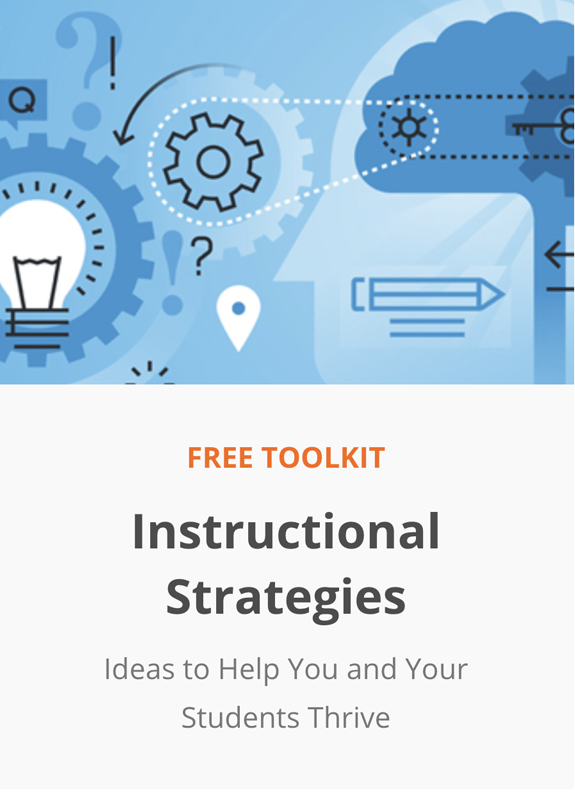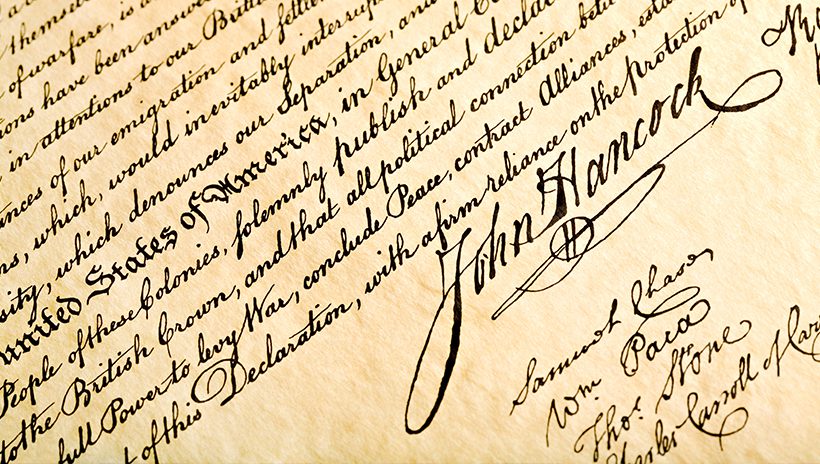Anyone who wants to study history needs access to primary sources—copies of the documents, photographs, recordings, and other content created during the period being studied. Historians turn to primary sources first when doing research, but it’s not just historians who benefit from them. Primary sources are absolutely crucial to students who are learning about history, as studying them—especially when placed in context—can help students forge the critical-thinking skills necessary to become thoughtful, well-rounded citizens.
Infobase products have more than 10,000 primary source materials across multiple databases, disciplines, and formats, perfect for document-based learning and strengthening critical-thinking skills. Here are some of the products where you can find them:
Infobase’s History Databases
 All of our history databases—American History, African-American History, American Indian History, Ancient and Medieval History, and Modern World History—feature hundreds of primary sources, many with introductions that provide context and background. The primary sources you’ll find include U.S. Supreme Court cases, important speeches, first-person accounts, correspondence, laws and legislation, treaties and pacts, government documents, and more.
All of our history databases—American History, African-American History, American Indian History, Ancient and Medieval History, and Modern World History—feature hundreds of primary sources, many with introductions that provide context and background. The primary sources you’ll find include U.S. Supreme Court cases, important speeches, first-person accounts, correspondence, laws and legislation, treaties and pacts, government documents, and more.
Issues & Controversies
Issues & Controversies includes original documents with introductory paragraphs that provide context and background to the sources. You can also find Court Cases—original, searchable stand-alone articles that summarize key court cases—including those decided by the U.S. Supreme Court—on major issues in contemporary society, including affirmative action, animal rights, capital punishment, drugs, gun control, health care, immigration, racial profiling, and more. Each article explains the background of the case, the legal issues it raised, the court’s decision, and its impact.
Issues & Controversies in History
The original documents you can find in Issues & Controversies in History include speeches, editorials, newspaper articles, letters, and diaries, but also graphic works and physical objects, such as editorial cartoons, paintings, coins, statues, pottery, and ancient monuments. Issues & Controversies in History’s editorial cartoons in particular can help students better understand, visually, what is going on in the world. The cartoons illustrate events from throughout history, complete with questions that may be useful in helping students interpret the cartoon’s message.
Polling the Nations
Don’t forget that polls are primary sources, too, and Polling the Nations is the place to go for public opinion polls. Clear and unbiased, Polling the Nations’ polls are excellent primary sources that encourage and facilitate critical thinking and learning. Having access to this direct, unfiltered information provides a fresh perspective that can be found in no other place.
Today’s Science
Interviews can also serve as primary sources, and you can find more than 700 “Conversations with Scientists”—engaging and insightful Q&As with today’s leading scientists across virtually every field of science—in Today’s Science. Learn more about Conversations with Scientists here.
The World Almanac® for Kids
Need primary sources aimed at intermediate students? The World Almanac® for Kids features a section called “Primary U.S. Sources,” a collection of founding documents, historic letters and proclamations, famous speeches, Supreme Court cases, and songs and sayings that have shaped American history. Students will also find related Fun Facts articles, videos, and links to bullet biographies.
World News Digest
World News Digest, a go-to resource covering key issues and events in the news, includes an “Historical Documents” section that features primary sources with introductory notes that provide context and background.
World Religions
In addition to hundreds of historical documents with introductory paragraphs, World Religions also features an eBook shelf of 100 complete sacred texts from the world’s major religions—from the Bible and the Quran, to the Tibetan Book of the Dead and Daodejing, to Popol Vuh and the Táin bó Cuailnge.
You can find more information on all of these resources here:
See also:
- Check out Infobase’s Instructional Strategies Toolkit for invaluable ideas to help your students thrive
- New Resource for National History Day Comes to Infobase History Databases
- Issues & Controversies’ “Bill of Rights in Debate” Gets Amended
- Help STEM Students Learn More About Science Careers with “Conversations with Scientists”
- New Citation and Translation Options Added to Polling the Nations and Today’s Science


